Year 3 Teaching Resources
Explore printable worksheets, digital activities, games and more Year 3 resources, all aligned to the Australian curriculum! The teacher-created resources have all been designed with primary teachers and students in mind to meet the special needs of children as they transition into the middle years of their primary school education.
Carefully curated and thoroughly reviewed by the expert teachers of the Teach Starter team to ensure they're classroom-ready, our Year 3 resources can save you lesson planning time this school year with editable and differentiated options at the ready.
Teach Starter’s Year 3 resources utilise a vast array of resource types and have something for every learning area. Here's just a taste of what you'll find for your classroom!
- Spelling words and English worksheets
- Fractions activities and Maths worksheets
- Social and emotional learning activities
- Narrative writing stimuli
- Language conventions practice
- And so much more!
Are you new to teaching Year 3? Here's a look at what this year of primary school is all about!
What Is Year 3 in Australia?
Year 3 sits right in the middle of primary school for most students in Australia as the fourth year of compulsory education.
How Old Are Kids in Year 3?
The exact age of students will vary slightly by state (and birthday!), but most children in your Year 3 class will be 8 to 9 years old.
What Do Students Learn in Year 3?
Year 3 is a big one for Australian students. Many will sit the NAPLAN tests, and more than a few will hit double digits before the year is through. This is a big year for Maths between the introduction of more complex fractions and formal multiplication, as well as even more skill-building in other learning areas.
Exactly what they're expected to learn will depend to some degree on the state or territory where you are teaching, but here's a look at what your students can expect to encounter in the key areas of the curriculum!
English
Year 3 students continue to develop their reading, writing, speaking, and listening skills in their English lessons. Reading will involve more complex texts, including longer novels, non-fiction texts, and poetry.
Students will also be expected to analyse these texts more deeply, examining themes, character development, and literary techniques. Comprehension skill-building will require deeper analysis of texts and drawing inferences from what is read.
While Year 2 instruction focuses on basic writing skills such as sentence structure and punctuation, this older group of students will move toward more advanced writing skills such as paragraphing, using descriptive language, and organising ideas in a logical way.
Grammar and spelling will also become a greater focus this year, with an emphasis on understanding and applying more complex grammar rules and spelling patterns.
Maths
Fractions feature front and centre of the Year 3 Maths curriculum. Students will learn to identify, compare, and order unit fractions (those being fractions with a numerator of 1), as well as use them in simple problem-solving contexts.
We already alluded to this being a big year for multiplication, and is it ever! Year 3 students learn the basic multiplication facts — such as 2 x 2 = 4 and 3 x 3 = 9 — and they begin to use these facts to solve multiplication and division problems. They also learn to interpret and create simple multiplication and division problems.
Students will have the chance to build upon their understanding of measurement concepts from Year 2, including length, mass, and capacity. They'll learn to measure and estimate using standard units, plus how to compare and order measurements.
Maths students will expand their knowledge of 2D shapes this year, and they will begin to learn about three-dimensional shapes and their properties.
Place value is still a big part of maths, of course. Year 3 students expand their understanding of place value to include numbers up to 10,000, and they learn to read, write, and compare four-digit numbers. They also learn to use place value to solve addition and subtraction problems.
Science
Science instruction in Year 3 is more focused on building a deeper understanding of scientific concepts and their applications, as compared to Year 2. It also emphasises the development of scientific inquiry skills that will help kids become more proficient in conducting scientific investigations and communicating their findings.
Students in Year 3 learn to ask questions, plan and conduct investigations, collect and record data, and communicate their findings as part of their development of science inquiry skills. They spend a portion of the year learning about the characteristics of living things, including plants and animals. Year 3 students will have the chance to explore the life cycles of plants and animals, as well as learning about the needs of living things and their habitats.
While they're learning about things that live on Earth, they're also learning about the planet itself, exploring geological features such as rocks, soil, and minerals. They also explore heat energy and how it can be transferred from one object to another.
Last, but certainly not least, Year 3 students learn about the properties and states of matter, including solids and liquids (gasses are explored later on in primary school).
Humanities and Social Sciences
Building on the foundation set in Year 2, Year 3 HAAS lessons build a deeper understanding of historical events and concepts, as well as exploring the social and economic systems that underpin Australian society.
Students learn about the historical events, people, and places that have shaped Australia's history. They explore the concept of change and continuity over time and learn to use historical sources to investigate the past. Students also study significant cultural events celebrated in our country and how they contribute to Australia's diversity and identity.
Geography instruction will guide students as they learn about the physical and cultural characteristics of places and regions. They'll learn more about the representation of Australia as states and territories, and as Countries/Places of First Nations Australians. Students will also begin exploring Australia's neighbours such as New Zealand, Papua New Guinea, and Indonesia.
Civics instruction sees Year 3 students strengthening their understanding of what it means to live in a democratic society. They will draw upon their own personal experiences to examine why rules are important and to discuss how they can be active participants in the communities to which they belong.
Health and Physical Education
With their bodies rapidly changing, Year 3 students learn about the factors that influence their health and wellbeing, including the importance of good nutrition, hygiene, and sleep. They also learn about social and emotional health, including how to manage their feelings, develop positive relationships, and make safe and healthy choices.
In Year 3, there are a number of different types of safety on tap in lessons, including road safety, water safety, and personal safety. They develop an understanding of risk and learn strategies for staying safe in different situations.
Year 3 students also learn about the importance of being active and informed citizens in their community. They learn about the benefits of volunteering and begin to develop an understanding of the responsibilities and rights of individuals in society.
The Arts
In Year 3, students develop more advanced skills in drawing, painting, and other visual arts techniques. This includes studying the elements of art — such as line, shape, colour, and texture — and beginning to use these to create more complex artworks.
In music class, these children are learning all about musical notation and how to read and write simple music, while drama instruction explores different forms of drama, including role-playing, improvisation, and scripted performance. Students get the chance to learn about the elements of drama, such as character, plot, and setting, and begin to use these to create their own dramatic works.
- Plus Plan
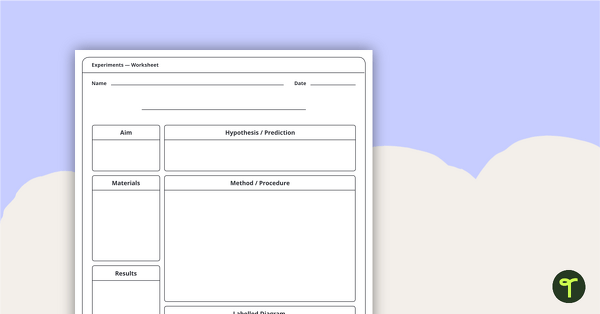
Science Experiment Recording Sheet
A recording sheet to use when completing a Science experiment.
- Plus Plan
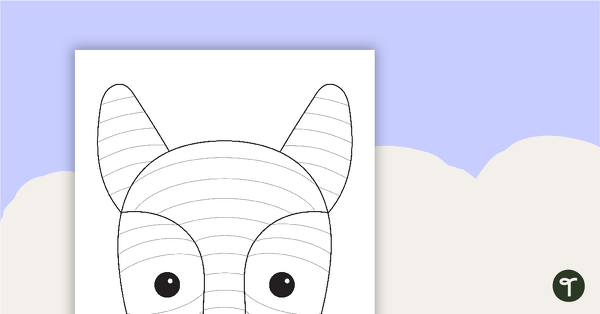
Funky Dog Craft Template
A fun craft activity to do with your students to create a funky dog.
- Plus Plan
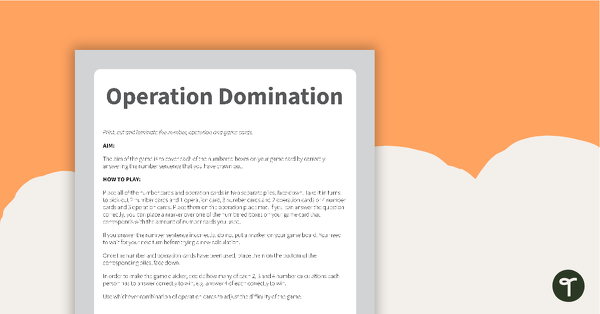
Operation Domination Game
A fun game using addition, subtraction, multiplication and division.
- Plus Plan
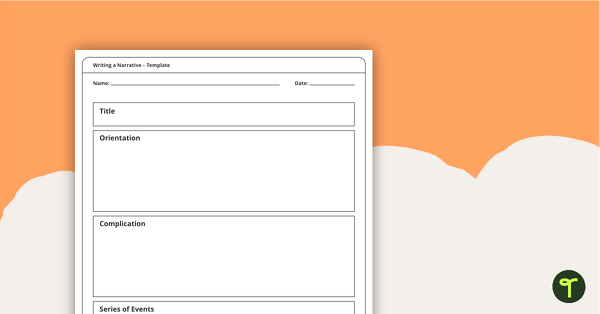
Writing a Narrative – Template
A template for students to use when planning a narrative text.
- Plus Plan
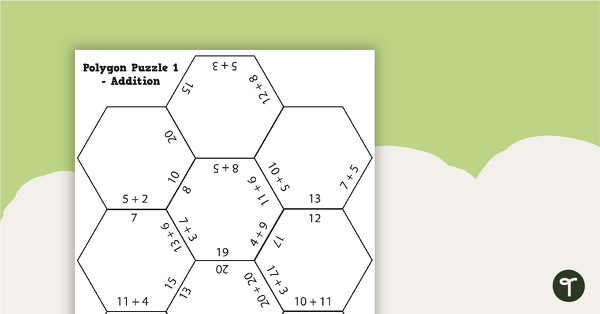
Polygon Puzzles - Addition Worksheets with Answers
Line the sum up with the corresponding answer.
- Plus Plan
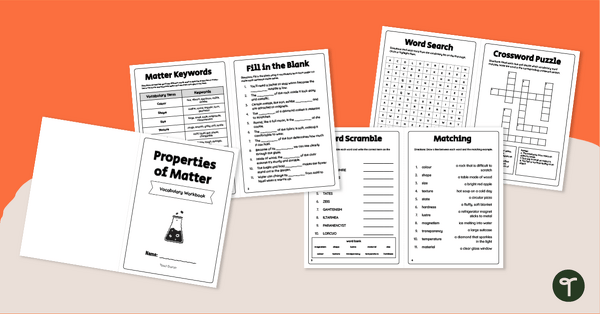
Properties of Matter Activity Book
Review key vocabulary and concepts surrounding the characteristics of matter with a Properties of Matter Review Activity Book.
- Plus Plan
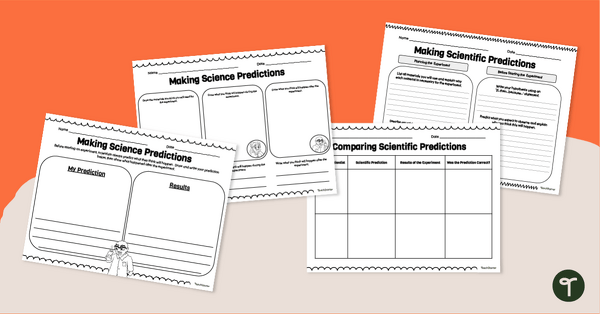
Making Predictions in Science - Worksheets (Differentiated)
Introduce your students to making predictions in science with a set of differentiated Scientific Prediction Worksheets.
- Plus Plan
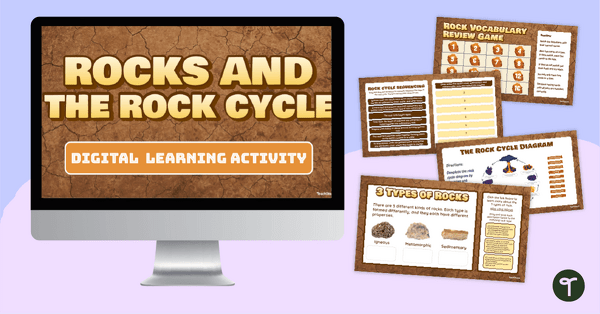
Rocks and The Rock Cycle - Digital Learning Activity
Discover rocks and the rock cycle with an engaging Google Slides Digital Learning Activity.
- Free Plan
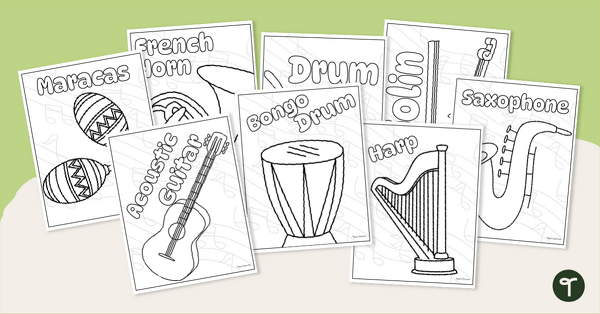
Music Colouring In Pages
Encourage mindfulness with a set of free music coloring in pages.
- Free Plan
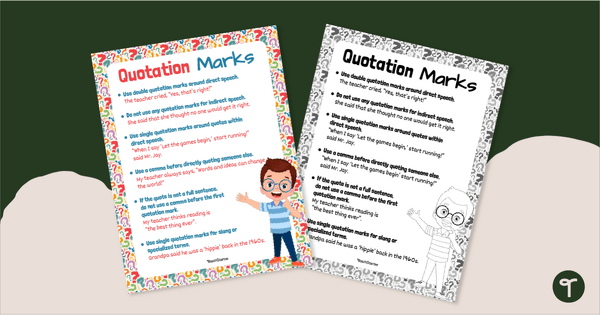
Quotation Marks Poster - Single and Double
Display the rules for using single and double speech marks using a printable Quotation Marks Anchor Chart.
- Plus Plan
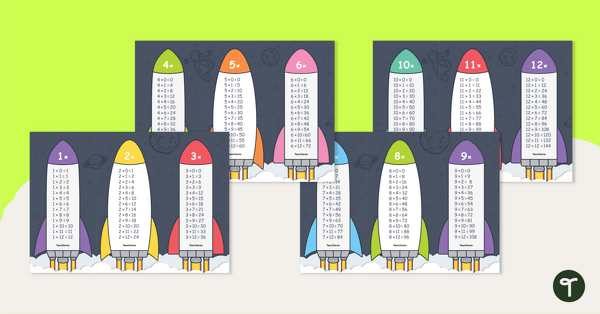
Multiplication Fact Rockets
Display these multiplication table posters in your classroom to help your students recall these valuable number facts.
- Plus Plan
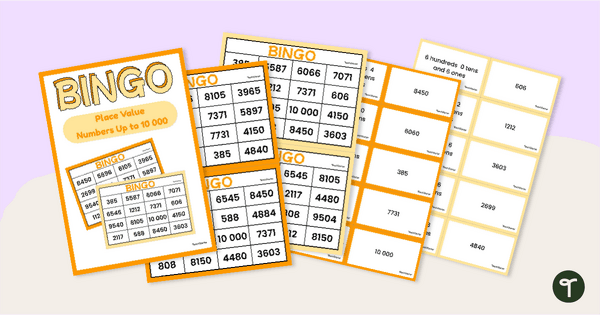
Place Value Bingo Game Numbers Up to 10 000
Practise place value knowledge in numbers up to 10 000 with this set of bingo cards.
- Plus Plan
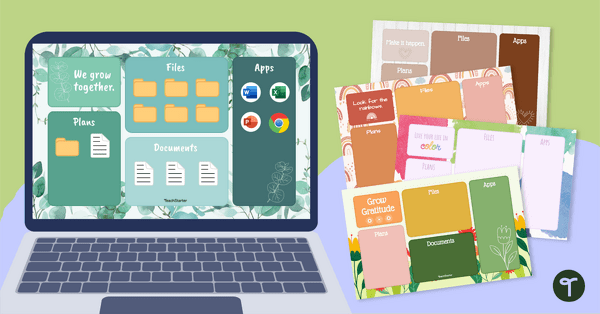
Teacher Computer Desktop Wallpapers
Organise your computer desktop with bright and cheery motivational desktop wallpapers for teachers!
- Plus Plan
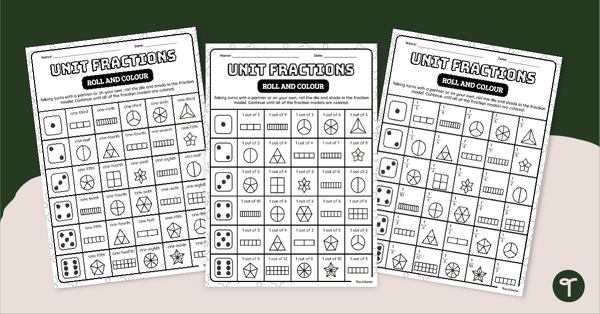
Unit Fraction Roll and Colour Activity
Create a fun learning environment with this roll and colour unit fractions printable activity sheet.
- Plus Plan
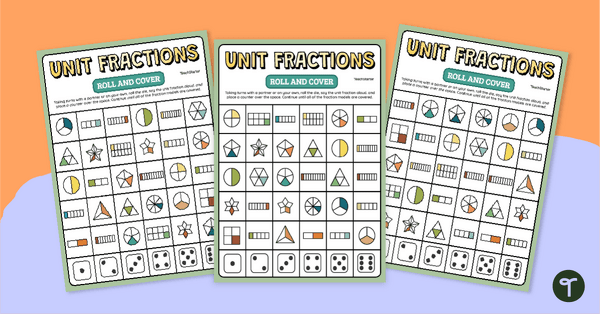
Unit Fractions Roll and Cover Activity
Explore unit fractions with this fun partner game for maths rotations in the classroom.
- Plus Plan
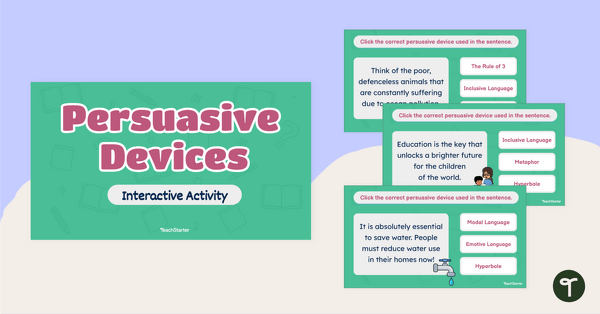
Persuasive Devices Interactive Activity
Explore persuasive device examples with your students using this digital game perfect for your persuasive writing lessons.
- Plus Plan
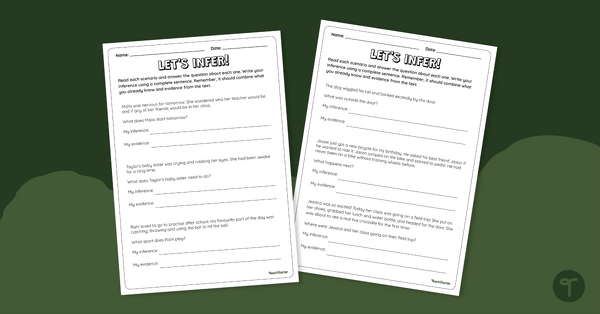
Let's Infer! Reading Worksheet
Boost reading comprehension with our 2-page writing worksheet that helps students practice making inferences.
- Plus Plan
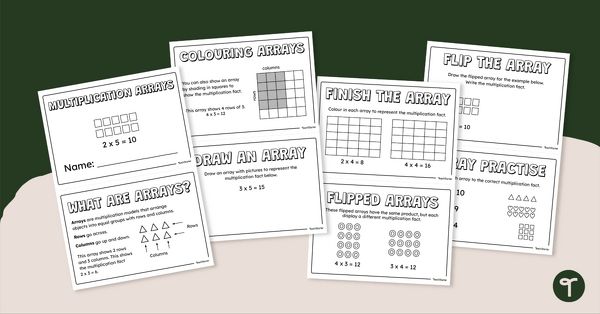
Multiplication Arrays Mini-Book
Teach your students about multiplication and array models with this printable mini-book.
- Plus Plan
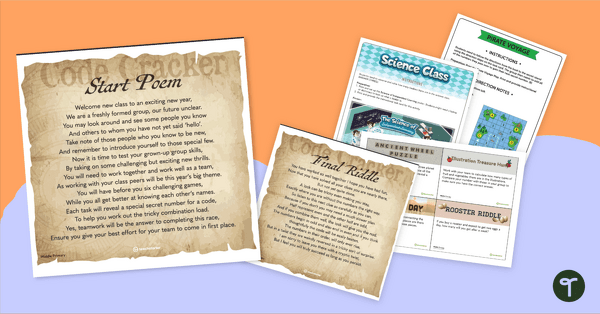
Let's Cooperate Code Cracker - Middle Years
A whole class game including a collection of 6 activities which students need to solve to reveal numbers to combine for a lock combination.
- Plus Plan

Array, Array, Go Away Dice Game
Reinforce how to match arrays and multiplication facts with this printable dice game.
- Plus Plan
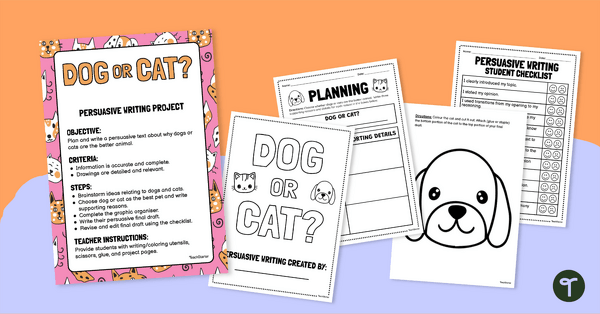
Dog or Cat? Persuasive Writing Project
Help students plan out persuasive writing with this very common argument, which is best dogs or cats?
- Plus Plan
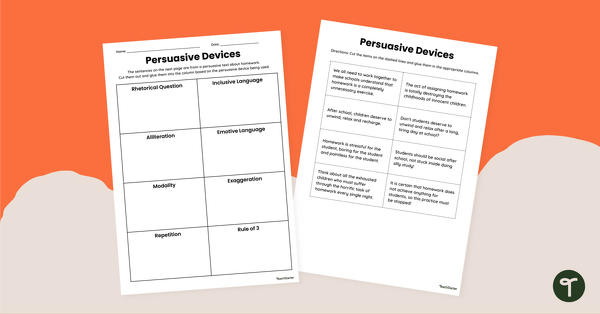
Persuasive Device Examples – Cut and Paste Worksheet
Match the persuasive writing techniques with the correct examples using this simple cut-and-paste worksheet perfect for your persuasive writing unit.
- Free Plan
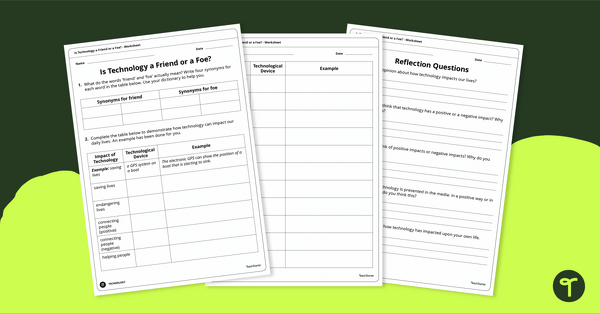
Friend or Foe? Positive and Negative Effects of Technology Worksheet
Exploring the positive and negative effects of technology in the community with classroom discussion and worksheets.
- Plus Plan
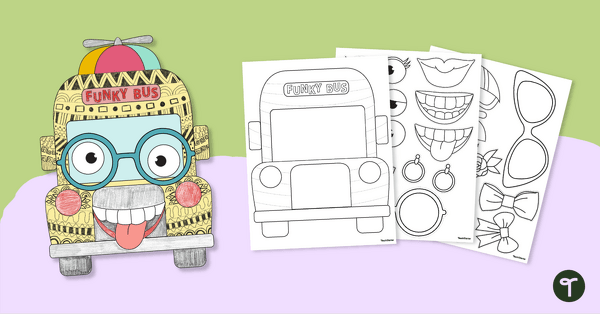
Funky School Bus Craft Activity
Go for a ride on the Funky School Bus with a fun school bus craft for kids!
- Plus Plan
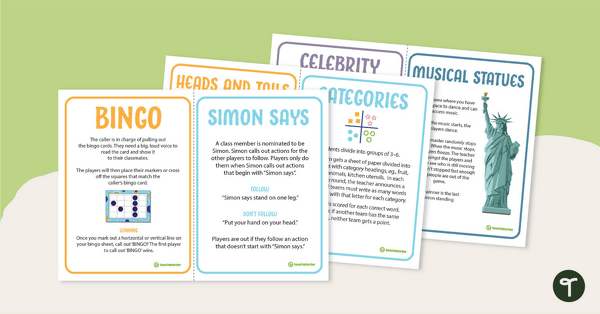
Brain Break Activity Cards
Give your students a quick brain break with this set of 19 whole-class games.
- Plus Plan
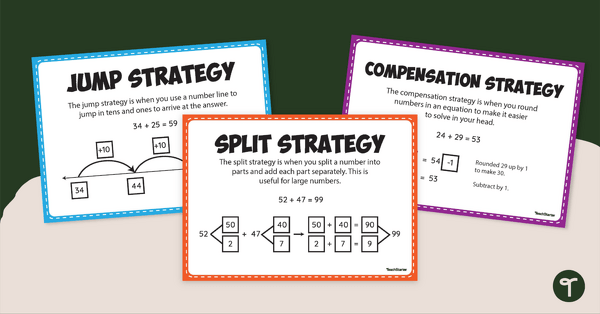
Double-Digit Addition Strategies Posters
Remind your students to use different addition strategies with a set of printable two-digit addition strategies.
- Free Plan
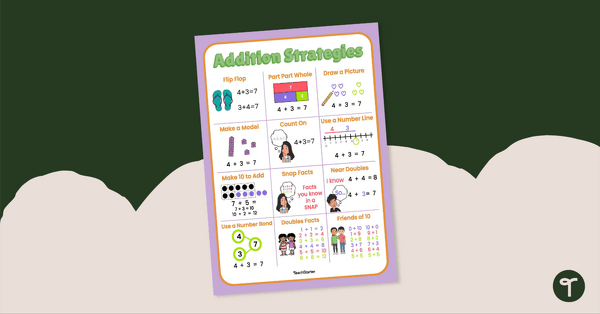
Addition Strategies Cheat Sheet
Help students understand the different addition strategies with this helpful cheat sheet.
- Plus Plan
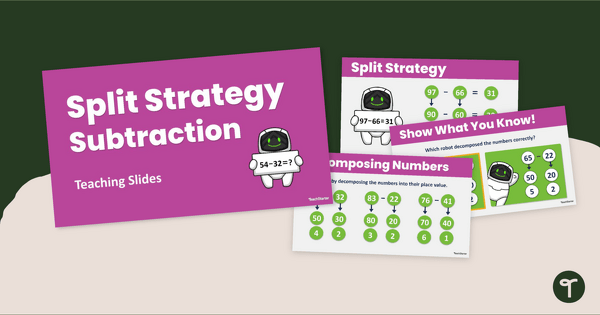
Subtraction Using the Split Strategy - Teaching Slides
Demonstrate using the split strategy for subtraction with an instructional slide presentation.
- Plus Plan
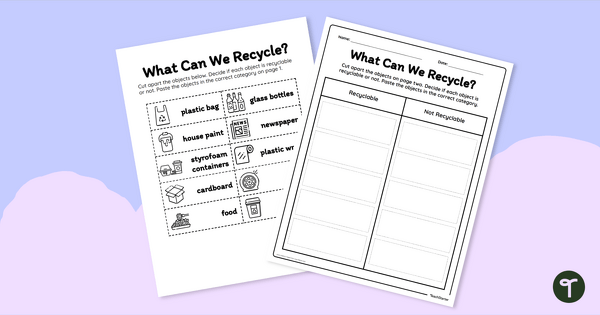
What Can We Recycle? Cut and Paste Worksheet
Remember what to recycle with a cut-and-paste worksheet.
- Free Plan
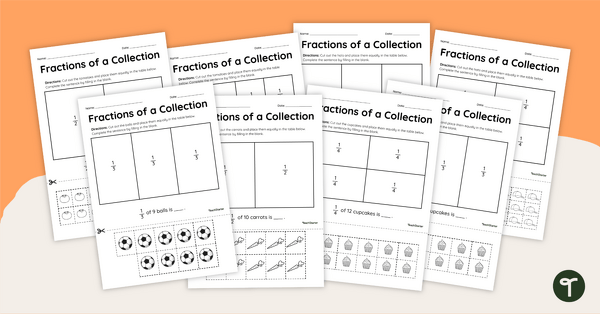
Fractions of a Collection – Cut and Paste Worksheets
Use these printables to explore how sets of objects can be partitioned into different fractions.
- Free Plan
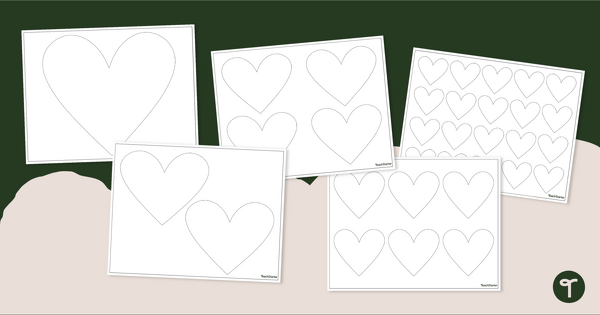
Heart Templates
Download this printable heart template that’s perfect for any craft or activity.
- Plus Plan
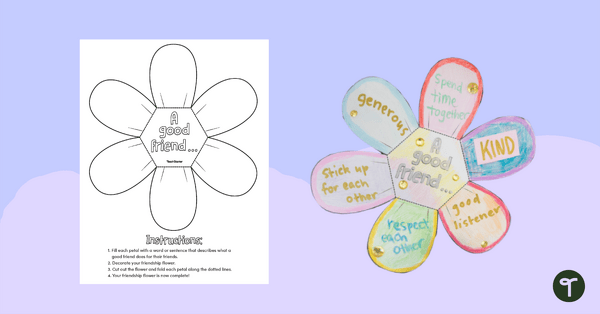
Friendship Flower Template
Reflect on how a good friend acts with this charming friendship writing exercise.